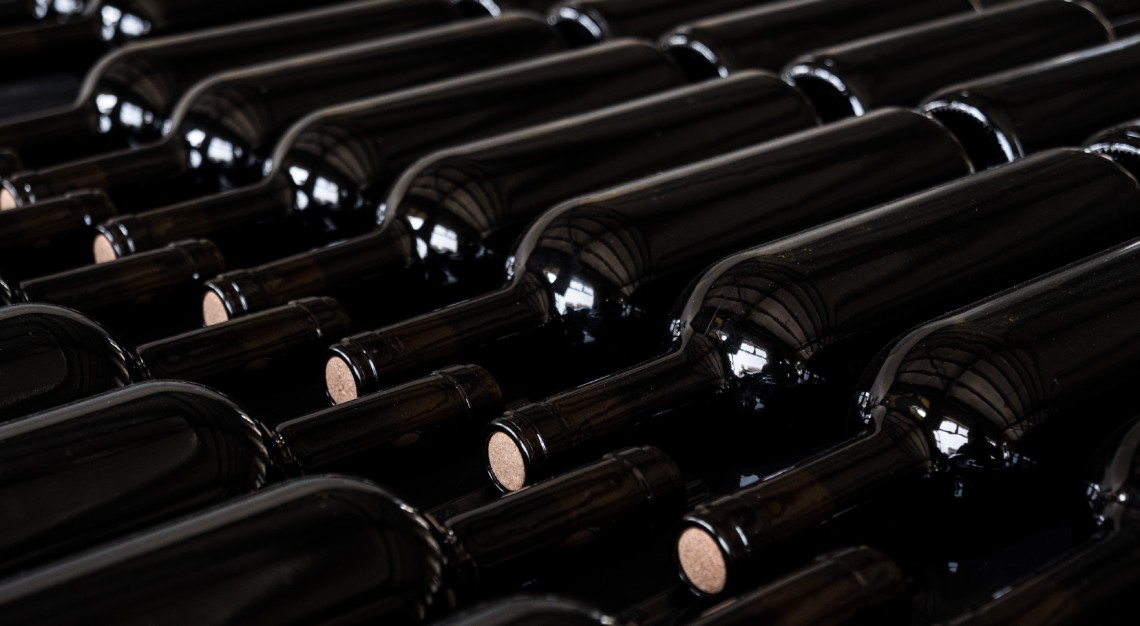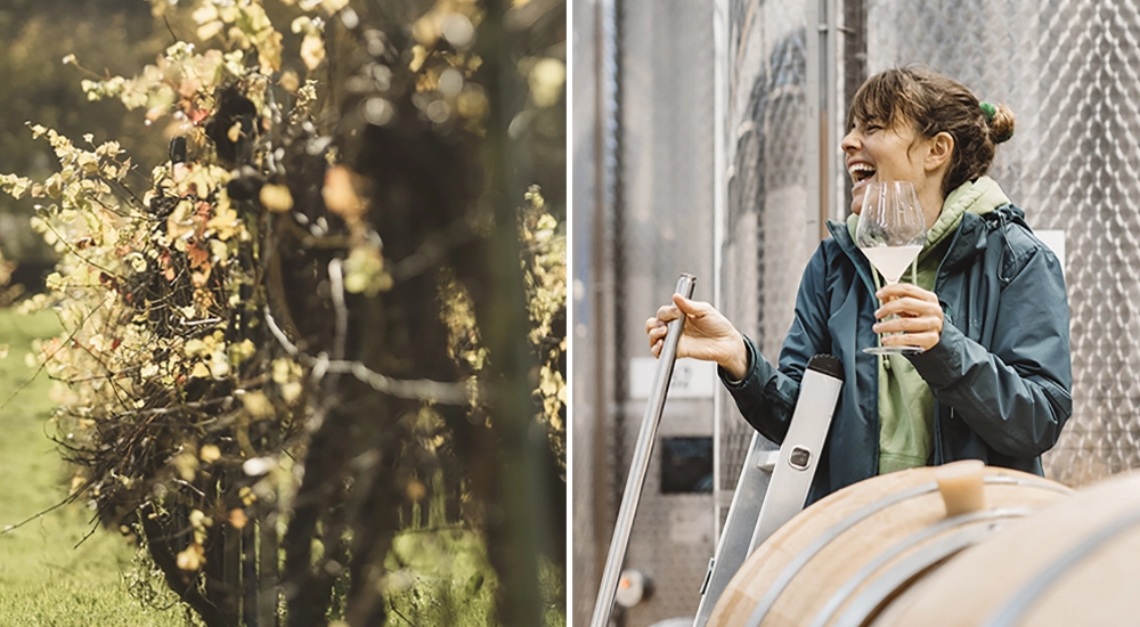From market supply and demand to portfolio diversification, here are some tips to know when it comes to wine investment in the coming year
With the onset of economic uncertainty continuing to be a concern, investors are increasingly wary of the risks that traditional assets carry. Even the safest of asset classes such as bonds, in some way or another, carry a certain level of risk—be it defaulting or yielding negative returns due to their correlation to the markets. From the investors’ perspective, especially those of high-net-worth, their capital needs to be better assured.
As such, seeking an alternative asset with no (or minimal) correlation to the markets like fine wine is critical. This year itself, almost all mainstream asset classes have collapsed while fine wines continue its uptrend in market value, rising by over 28.5 per cent. In fact, the fine wine Live-ex index highlights a compound annual growth rate (CAGR )of 10.17 per cent over the past 25 years, outperforming the likes of US equities (9.02 per cent) and even a safe haven like gold (4.26 per cent).
Though still a growing space, fine wines are seeing a sharp increase in interest in recent years among investors. However, as with all forms of investing, understanding what you are investing in is key. Find out more on what are the top five things to look out for as you kickstart your journey investing in fine wines.
Market supply and demand
While new money is increasingly flowing into new wine, severe supply restrictions are causing demand to outstrip supply to a large extent. In the case of Burgundy, prices are forced upwards, largely due to the patchwork quilt ownership of the (already small) vineyards in Burgundy. Most top producers at the Grand Cru level are only able to produce limited quantities.
Valuation and target price
This leads us to the next consideration on valuation and target price. While market supply and demand are factors that impact the value of wine, there is a long list of other considerations such as critic scores, scarcity, ageing potential, winemaking technique, vintage perception and more—all of which are information which can be found on Cru World Wine’s platform.
All things being equal, higher critic scores translate to higher prices. In determining a fair, accurate value and target price, investors can look to available online tools such as Cru’s website which plots regressions of critic score against wine prices from the same producer. Wines which appear above the ‘best fit’ line are overvalued, and those below are undervalued.

Asset liquidity
Fine wine collecting used to be a strictly ‘buy and hold’ strategy. Previously, day-to-day trading was impossible due to poor liquidity, among other factors. Thankfully, this is now changing as new trading platforms facilitate the kind of real-time trading seen in forex, equities and cryptocurrency markets.
As the trading of fine wine becomes more digitally accessible, we will see a sharp increase in asset liquidity too. With this, wine investments can be bought and sold based on the investor’s preferred time frame, and owners need not be entirely reliant on auctions to realise their investments.
Most importantly, wine investments are unlike other asset classes such as equities which value can be written off in a day. Wines are ‘real’, tangible assets that have intrinsic value—prices rise as fine wine matures, improves and becomes rarer over time.
Portfolio diversification
Most recently, fine wines are top-of-mind among investors right now as they have exhibited close to no correlation with mainstream assets (characterised by their unpredictability and volatility) over the past 25 years, and the strong performance of fine wine in 2022 merely underlines this fact.
According to research by Man Group/Duke University, tangible assets like fine wine outperform mainstream assets like equities in periods of elevated inflation. That has been even more evident this year, as fine wine prices have risen strongly while major equity and bond markets have weakened.
This is leading many to seek out tangible alternative asset classes as a place for portfolio diversification—to introduce stability and growth while hedging against inflation—and fine wine is becoming a major beneficiary of this trend. Within a wine portfolio, investors can also diversify based on the types of wines, regions and investment horizons by adding different vintages.
Fine wine’s lack of correlation with mainstream assets can and will continue, even if inflation turns out to be higher and longer than anticipated.
Personal preference
Ultimately, personal preference is also key in wine investing and this will impact investors’ interest and knowledge. As with how investors are more skewed towards specific sectors of markets, the same can be said about fine wines—given how there is a diverse range of wines, each with its own characteristics.
While these considerations might seem daunting, especially to new investors, Cru World Wine as a portfolio management platform, enables investors to access the market, trade their wines, see a suite of portfolio analytics and even physically move assets around the world within just a single digital platform.
These tools (which are now available in local currency with local storage in places like Singapore) were non-existent 10 years ago, and are now opening up fine wine investing to a much wider community, meeting the demands of investors for such alternative assets.
Jeremy Howard is the co-founder of Cru World Wine, a full-service digital platform for accessing, trading and managing fine wine & spirits



